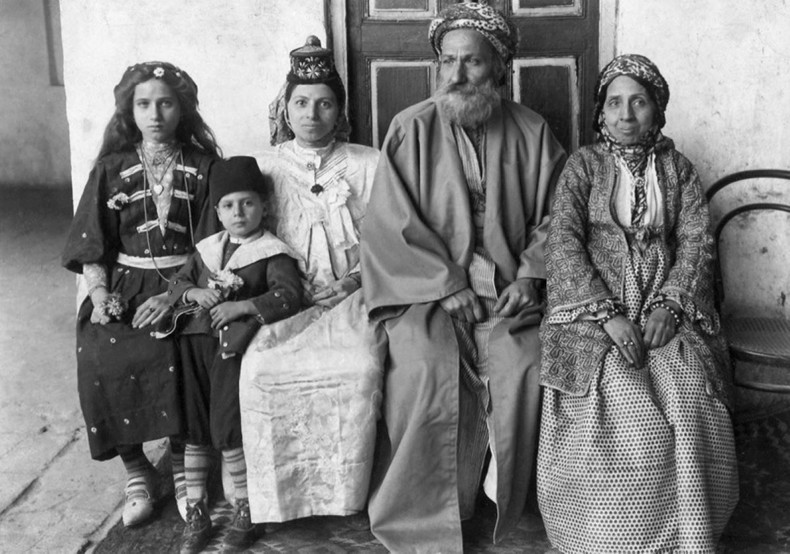Despite the positive contributions Jews made to the communities where they lived, over 850,000 were forced to leave their homes in Egypt, Lebanon, Syria, Iraq, Yemen, Libya, Morocco, and several other Arab countries in the two decades following the Arab-Israeli war of 1948.
In the 20th century, approximately 900,000 Jews migrated, fled, or were displaced from Muslim-majority countries across Africa and Asia. This migration was primarily a consequence of the 1948 Palestine War and the subsequent establishment of the State of Israel. Organized movements were facilitated by Jewish organizations, including the Mossad LeAliyah Bet, the Jewish Agency, and the Hebrew Immigrant Aid Society. This mass movement predominantly occurred from 1948 to the early 1970s, culminating in the final exodus of Iranian Jews shortly after the Islamic Revolution between 1979 and 1980. An estimated 650,000 individuals, representing 72% of those displaced, resettled in Israel.
Jewish migrations began as early as the 20th century in various Middle Eastern countries, although significant instances of aliyot (Jewish immigration to the Land of Israel) were primarily from Yemen and Syria. Before the establishment of Israel in 1948, around 800,000 Jews resided in territories that now constitute the Arab world. Of this population, nearly two-thirds were located in French- and Italian-controlled regions of North Africa, while 15-20% were in Iraq, approximately 10% in Egypt, and about 7% in Yemen. An additional 200,000 Jews lived in Iran and Turkey.
The initial large-scale migrations occurred in the late 1940s and early 1950s, particularly from Iraq, Yemen, and Libya, with over 90% of the Jewish population in these regions departing, often leaving their assets behind. Between 1948 and 1951, 250,000 Jews immigrated to Israel from various Arab countries. In response, the Israeli government instituted policies to accommodate 600,000 newcomers within four years, effectively doubling the nation's Jewish population. This massive influx elicited mixed responses within the Knesset, with several Israeli officials, as well as members of the Jewish Agency, expressing reservations about promoting emigration for individuals not facing imminent peril.
Subsequent migration waves peaked at different intervals across various regions. The surge from Egypt reached its apex during the 1956 Suez Crisis, while migrations from other North African countries peaked in the 1960s. Lebanon temporarily experienced an increase in its Jewish population due to an influx from other Arab nations; however, by the mid-1970s, the Jewish community in Lebanon had also diminished. By 1972, 600,000 Jews from Arab and Muslim nations had relocated to Israel, with an additional 300,000 migrating to France, the United States, and Canada. Today, descendants of Jews who immigrated from other Middle Eastern nations, identified as Mizrahi and Sephardic Jews, represent more than half of the total Israeli population. In 2009, only 26000 Jews remained in Arab nations and Iran, along with another 26000 in Turkey. By 2019, the Jewish population in Arab countries and Iran had declined to 12,700, while in Turkey, it stood at 14,800.
The motivations behind these migrations are numerous and multifaceted, encompassing both pull factors—such as aspirations to realize the re-establishment and the development and protection of a Jewish nation, enhance economic status, and secure residence in Israel or Europe and the Americas—and push factors, including antisemitism, persecution, political instability, poverty, and expulsion. The historical narrative surrounding these migrations has been politicized, particularly concerning its relevance to the Arab-Israeli conflict. Interpretations of this history vary; some individuals view the Jewish exodus as analogous to the 1948 Palestinian expulsions, emphasizing push factors and classifying those who left as refugees. Conversely, others emphasize pull factors, characterizing the Jews as willing immigrants.
